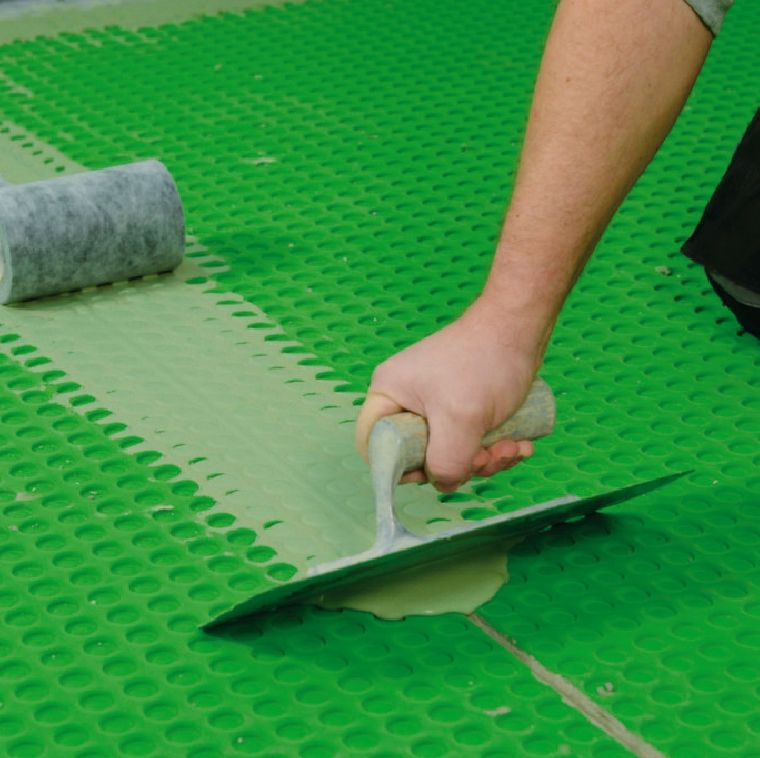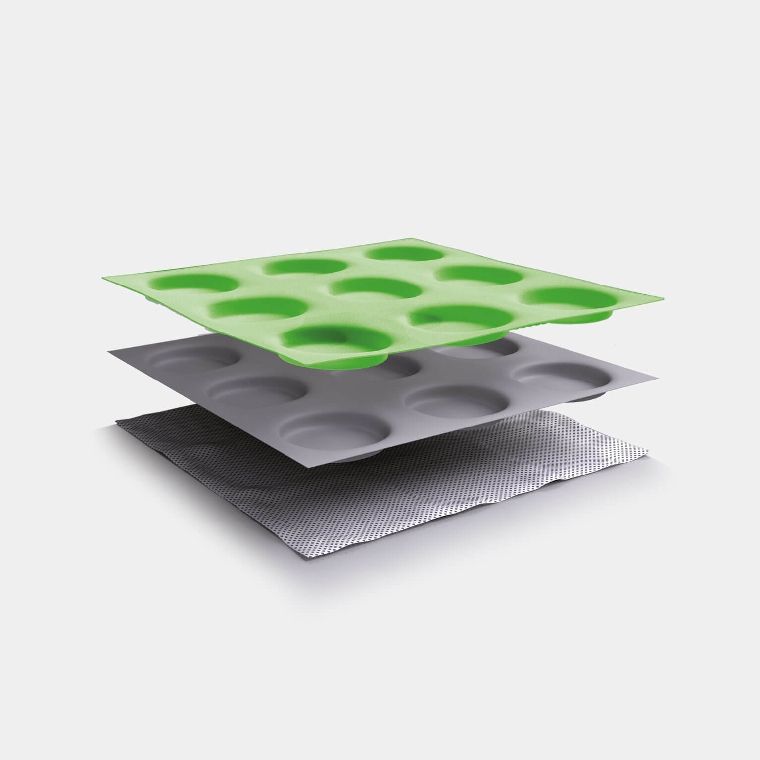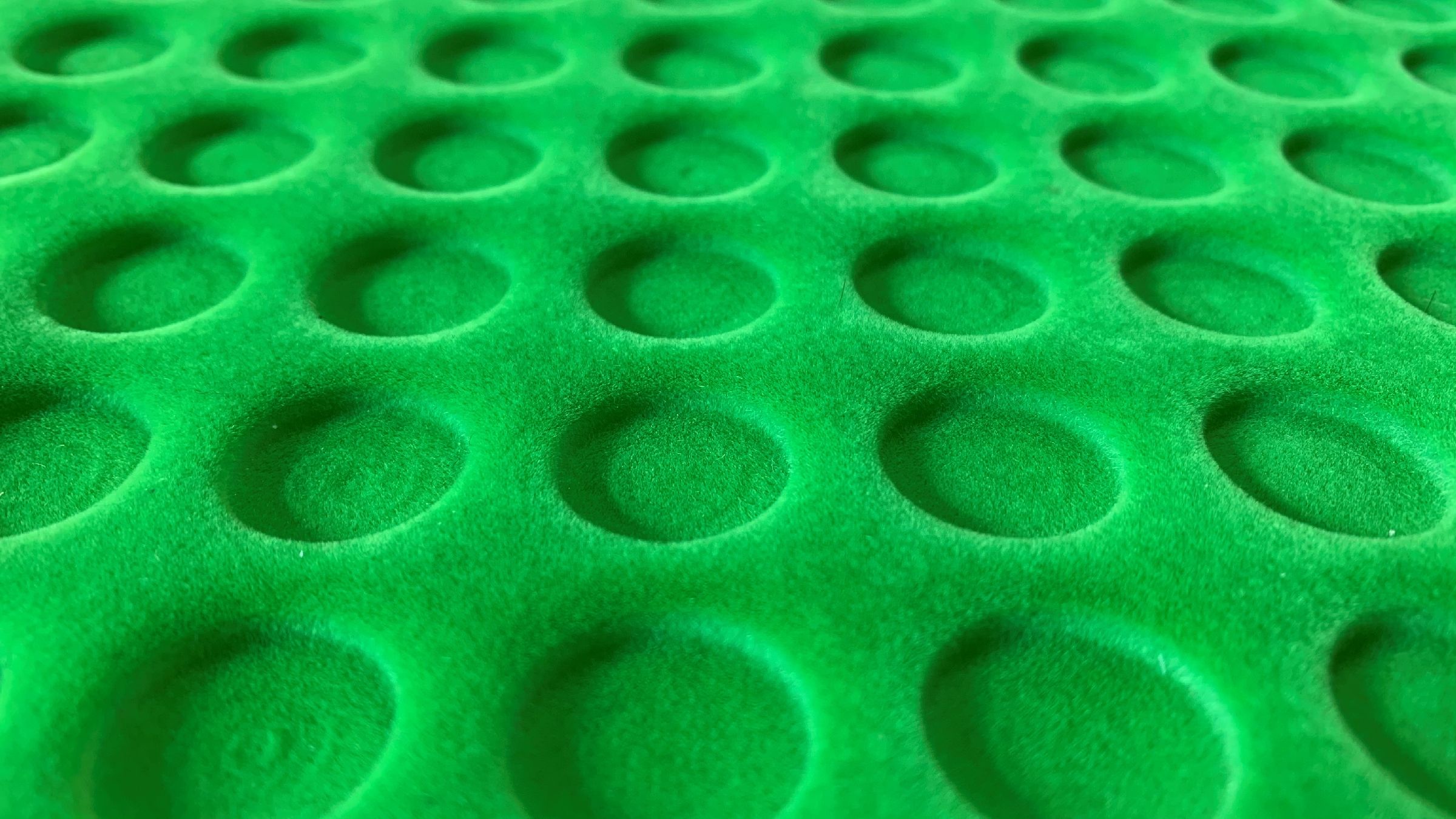D is for Decoupling Mat
Decoupling mats is a reinforced, anti-fracture matting designed to be used over cracks in concrete to reduce movement. We love Kerakoll’s decoupling mat range as they have a few options to choose from. By applying a mat prior to laying tiles you are ensuring there will be no cracks in your grout or tiles appearing at a later date. When cracks appear in tiles or grout it is down to the supporting surface underneath (sub-floor), not the product, so any safeguarding you can put in place prior to work starting will always be beneficial. It can even be used as an anti-cracking product for hardwood floors with tongue and groove ends on critical substrates. As it’s so thin, you won’t even notice it has been fitted.



Benefits of using decoupling mat
- Reduces shear movements between the substrates
- Greater safety on critical substrates
- Flexible and long-lasting
- Just 0.7mm thick
Where decoupling mat can be used
- Load bearing substrates suitable for laying (such as concrete/cement screeds which are completely dry)
- Old load bearing coating materials using tiles and stone
- Completely dry, load bearing anhydrite screeds
- Levelling products
- Mixed, wood, cast asphalt substrates
Installing a decoupling mat is a fairly simple process. The area needs prepping correctly and ensuring it is completely level, a levelling compound would be the product to use to achieve this. It is also important to treat the area with the correct primer and this is dependent on whether it’s absorbent or not. Once the primer is completely dry, apply a suitable adhesive to the prepared substrate using a 4-6mm notched trowel and apply the mat to the adhesive whilst it is still fresh, laying it without wrinkles and press down. It’s worth noting if using more than one sheet of mat, allow a 5cm overlap. When the adhesive and mat has dried you can tile as normal on top with a layer of adhesive and your chosen tiles.

